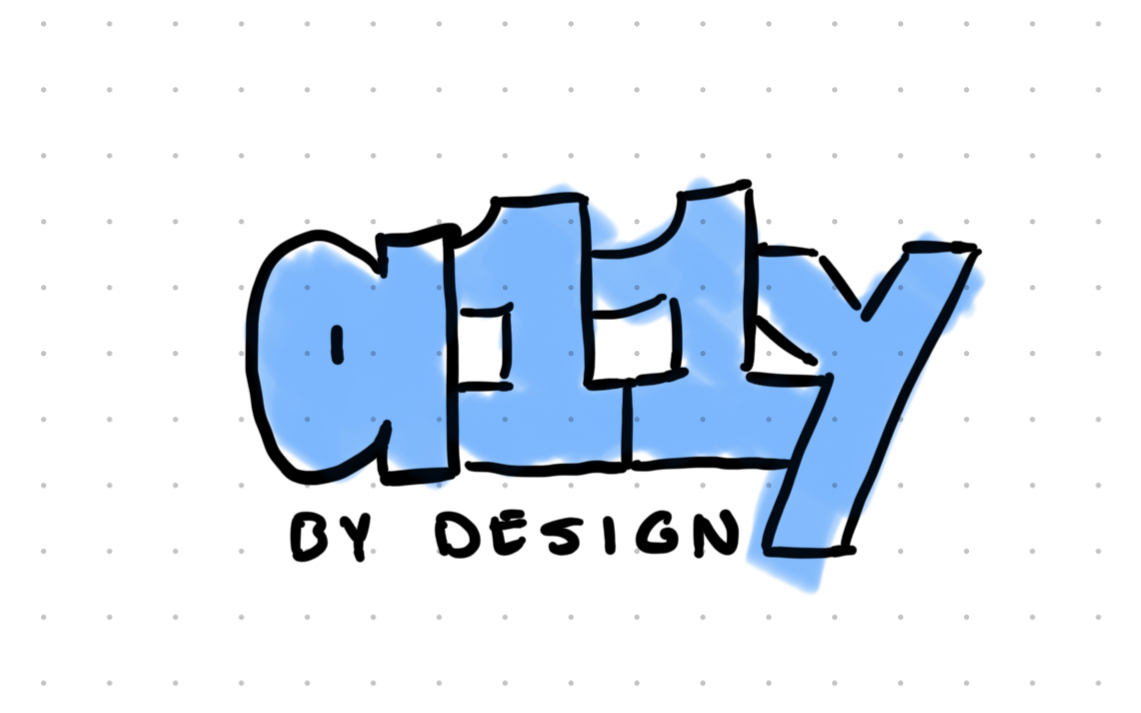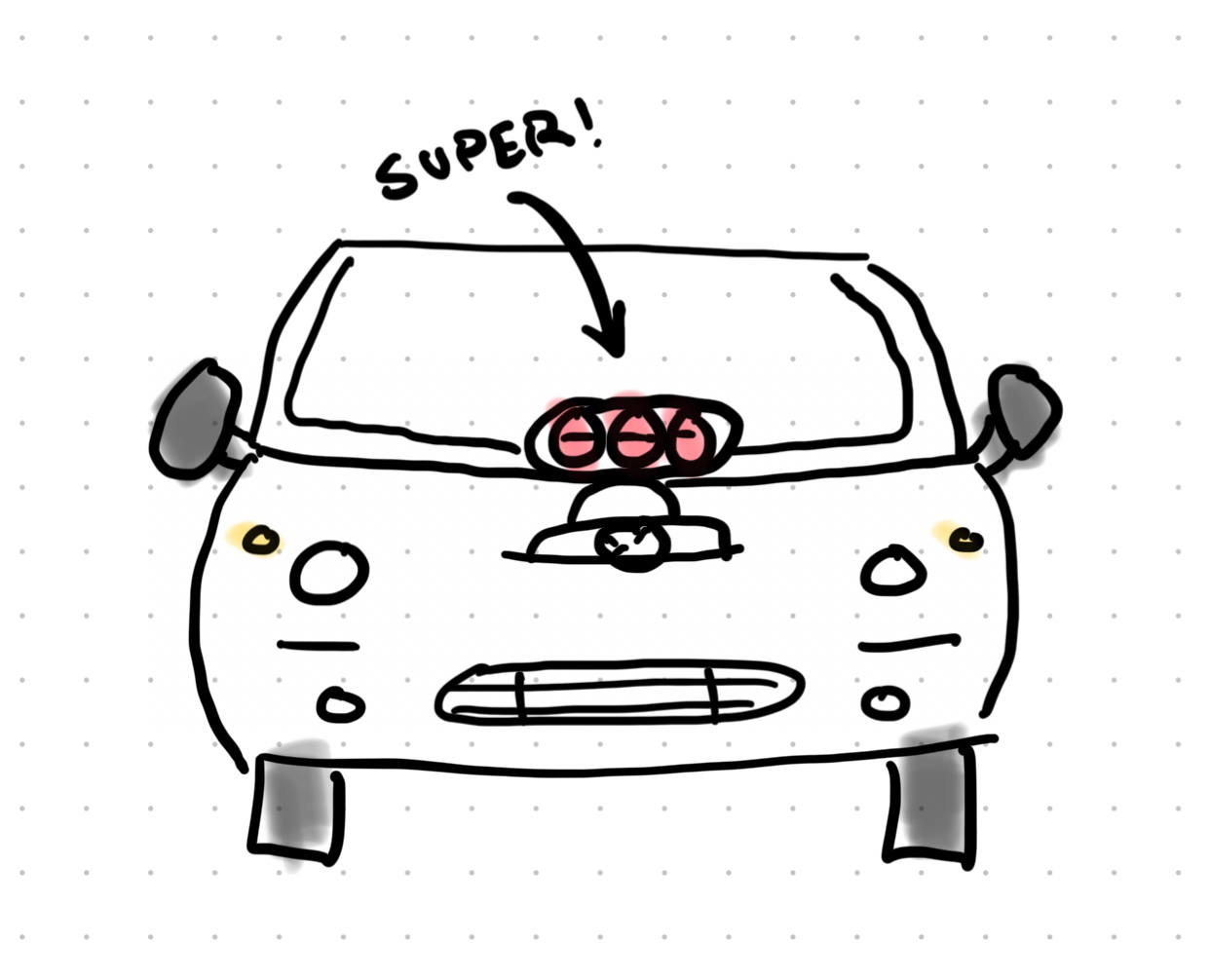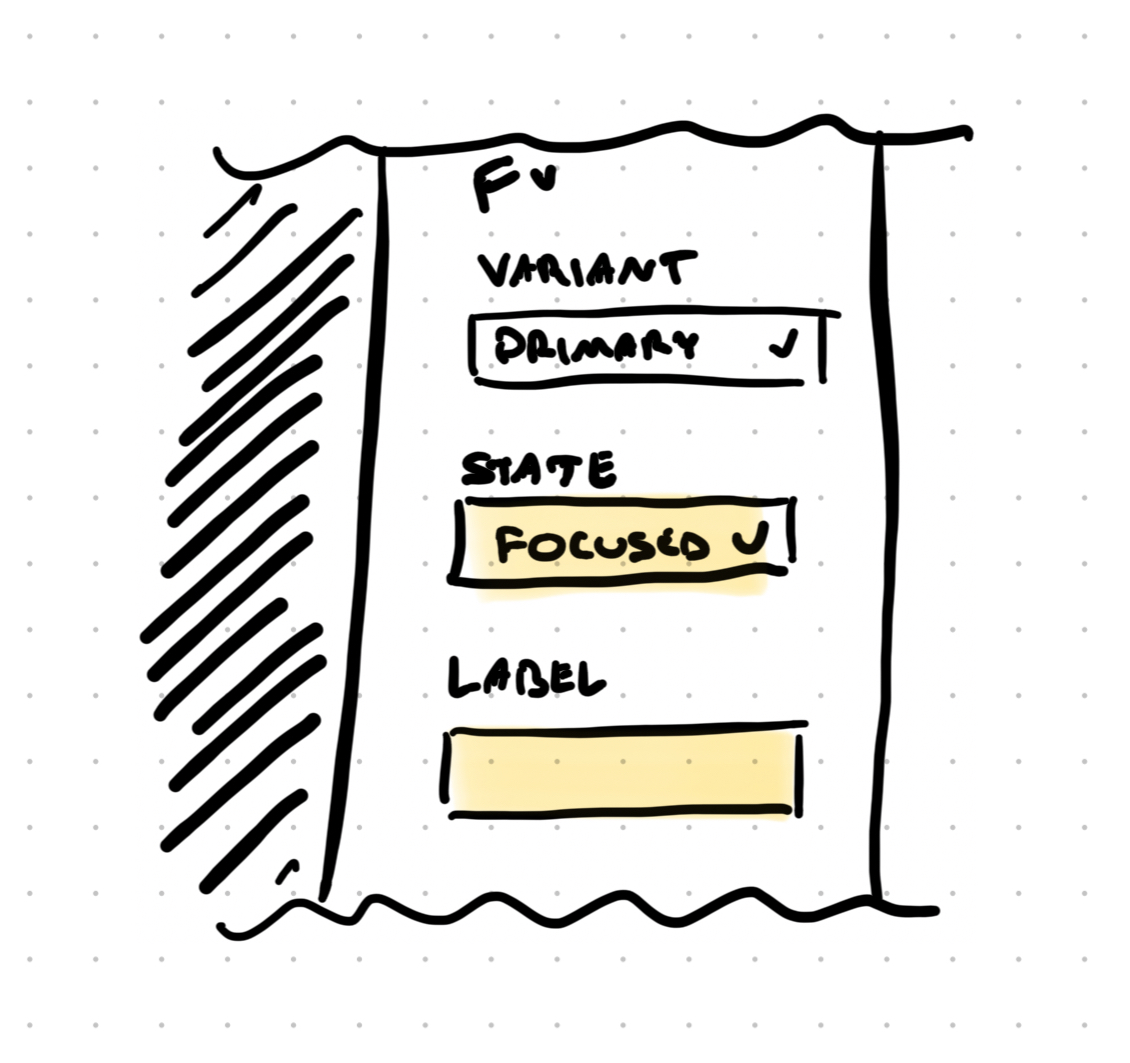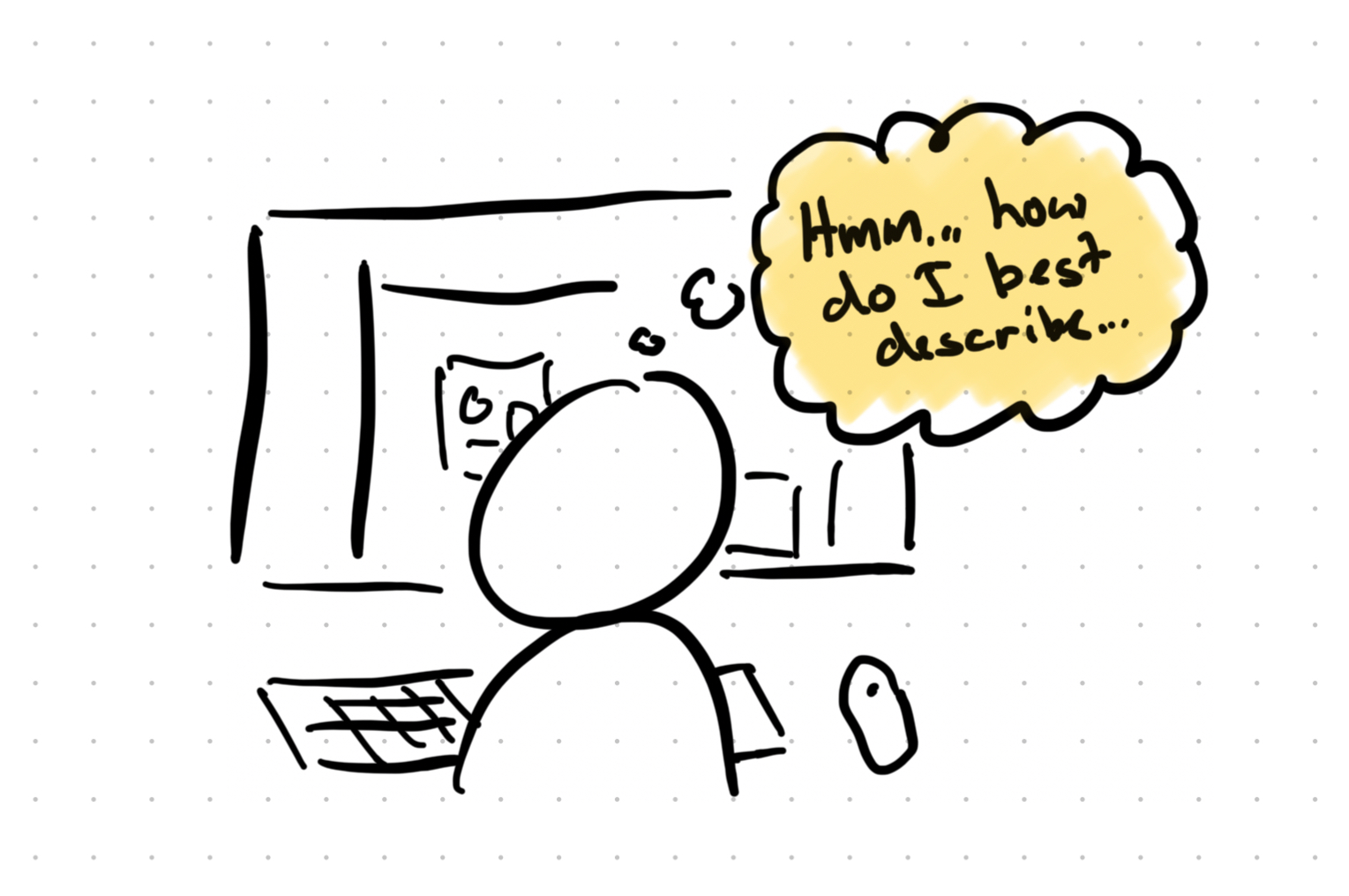You know that moment in a product meeting when someone mentions accessibility compliance and everyone's energy shifts? Some people jump up for joy saying, “finally someone cares”. Others feel the roadmap getting heavier, timelines tightening, and your to-do lists growing three items longer. What if I told you that “constraint” everyone's dreading could actually be a secret advantage to your team?
In 1941, American manufacturers worried that wartime production requirements would slow them down while enemies gained ground. But here's what history taught us: those constraints didn't weaken American industry. They transformed it into the most efficient production system the world had ever seen. The same transformation happens when you stop seeing accessibility as a burden and start building it as competitive infrastructure.
I've watched teams worry that accessibility requirements will slow them down while competitors crank out features like a candy factory. Designers frantically auditing existing screens, developers patching components with triage ARIA labels, product managers adding "accessibility review" as another gate in an already crowded release process. Every requirement feels like friction slowing down the work. But what if they’re competing against the wrong constraint?

The Afterthought Tax
The real constraint isn't accessibility requirements. It's the outdated approach of treating accessibility as an afterthought. When you're constantly retrofitting accessibility into systems that never accounted for it, you're essentially trying to bold a supercharger onto a “lemon”. It's messy, expensive, and never quite works the way you hoped (and you might even blow a piston rod in the process). This is what people call “accessibility theater”. We just go through the motions without actually creating systematically supportive experiences.
You know you're paying the afterthought tax when you see:
- Designers manually checking contrast ratios in every design review
- Developers frantically adding ARIA labels as the final step before deployment
- QA catching mounting accessibility issues
Yep, it’s exhausting. It's because you're swimming against the current of your own tools and processes instead of building systems that work with you. The inefficiency isn't coming from accessibility standards themselves…it's coming from the assumption that supportive experiences are something you add on later rather than build in from the ground up.

What Manufacturing Taught Us
But those 1940s wartime manufacturing pressures didn't just force companies to work harder. They forced them to work smarter. Assembly lines became more efficient, quality control became more systematic, innovation flourished because teams had to rethink everything from the ground up.
I’ve been thinking about accessibility infrastructures at three levels:
- Foundation Level: Token systems and constraints that guide decisions
- Component Level: Default behaviors that expose and quickly support accessibility needs
- Documentation Level: Guidance that educates instead of enforcing
I’ve been on teams that have made this shift. Before their design system transformation, they were unknowingly logging accessibility issues every day. Then, the transition to a new systematic foundation began. Those violations dropped like a rock. Interestingly enough, their overall velocity didn’t drop. Teams were shipping better, more supportive experiences without extra effort. They weren't constantly backtracking to fix accessibility debt. What changed? Accessibility wasn’t slowing them down. The toolset changed to allow them to make accessibility the default behavior. Was it perfect? No, it never is…but more on that later.
Building the Invisible Advantage
When you approach accessibility as infrastructure rather than a feature, everything shifts. Your design system becomes the foundation for supportive experiences, reframing the “problem of accessibility” from the ground up.
What does this infrastructure actually look like? Here’s a few examples:
- Button components that include Figma controls for accessibility attributes, focus states, proper contrast, semantic markup, and documentation guidance
- Color systems that are mathematically computed to meet most WCAG standards and color spaces that demystify adherence
- Form patterns with built-in labels, proper error messaging, keyboard navigation, and templates that flow logical content flows
- Documentation that shows when and how to write content for different contexts to provide the meaningful support at the right time (and you might even be able to use AI to help with that)
Now this is where something magical happens: teams start making better accessibility decisions because they have the right tools and knowledge. They’re not fighting their environment anymore. And in the end, the smile on a user's face when they can actually navigate your interface with a keyboard is just pure gold. That's the moment you realize you've built something that provides support and broadens usability across your user base.

The Competitive Advantage
While your competitors are still scrambling with retrofitting approaches, your teams are producing better, compliant experiences faster. Not because you've automated accessibility away (that’s not possible, because accessibility lives in the nuances of content, context, and thoughtful implementation) but because you've removed the friction that was making the work of accessibility difficult. Why do you care? Because this creates a competitive advantage that writes its own business case. You're building brand trust. You're creating experiences that work for everyone. And you're doing it more efficiently than before.
When accessibility requirements feel overwhelming, teams cut corners. They choose the fastest, cheapest path rather than the best path. But when your infrastructure makes the accessible choice easy, teams naturally gravitate toward better solutions. The question isn't whether you can afford to build accessible infrastructure. It's whether you can afford not to. Whether you can afford to let your competitors figure this out first.
Systems Enable, Humans Decide
There’s one critical fact you can’t overlook—design systems can't produce accessibility. They can only enable it. Accessibility requires well-thought-out content, deep understanding of user context, and careful consideration of how components and layouts work together in real situations.
Your design system can:
- Make accessible choices the obvious choices
- Provide the foundation for inclusive patterns
- Remove friction from good accessibility decisions
Your design system can't:
- Create contextual descriptions for your images (although AI might be able to help)
- Structure your information architecture (though templates and patterns can help)
- Replace human judgment about user needs
The goal isn't to eliminate human responsibility for accessibility…it's to create infrastructure that empowers humans to make better decisions without fighting their tools every step of the way.

From Constraint to Catalyst
The transformation from seeing accessibility as constraint to seeing it as infrastructure isn't just idealistic. It has real, practical benefits for everyone. When you stop retrofitting and start building supportive experiences into your foundation, accessibility requirements become the structure that supports better design decisions across your entire system. Just like those manufacturing constraints during the 1940s wartime, what initially felt like resistance becomes the foundation for innovation. Your design system becomes stronger, more systematic, and more thoughtful because it was built to serve everyone from the beginning.
The constraint was never accessibility requirements. The constraint was inefficient approaches of treating accessibility as an afterthought. When you flip that script, you don't just solve for WCAG compliance…you solve for people. You unlock the ability to create experiences that work better for everyone. And that's when accessibility stops feeling like swimming upstream and starts feeling like the competitive advantage that carries your best work forward.